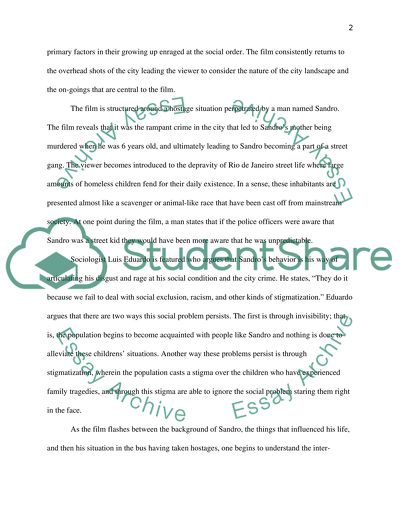Cite this document
(Latin America: Urban Poverty and Violence Essay, n.d.)
Latin America: Urban Poverty and Violence Essay. Retrieved from https://studentshare.org/social-science/1565964-latin-history
Latin America: Urban Poverty and Violence Essay. Retrieved from https://studentshare.org/social-science/1565964-latin-history
(Latin America: Urban Poverty and Violence Essay)
Latin America: Urban Poverty and Violence Essay. https://studentshare.org/social-science/1565964-latin-history.
Latin America: Urban Poverty and Violence Essay. https://studentshare.org/social-science/1565964-latin-history.
“Latin America: Urban Poverty and Violence Essay”. https://studentshare.org/social-science/1565964-latin-history.


